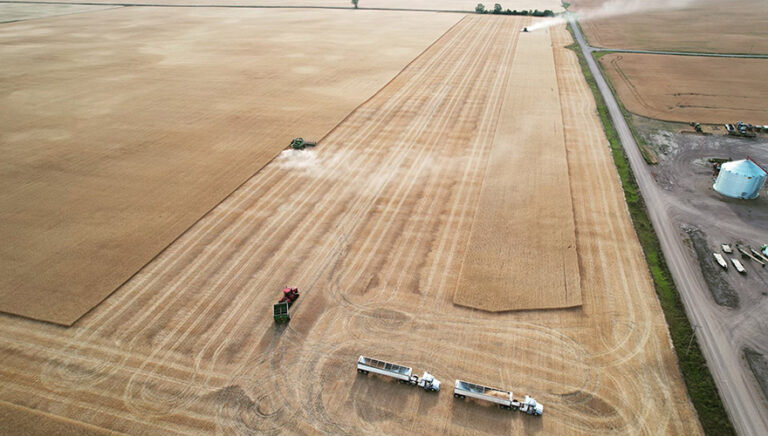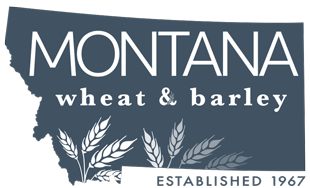Montana Brings You the World's Best End Use Flour and Malt Ingredients
You deserve the highest quality grain for your customers.
Here's why Montana is best:

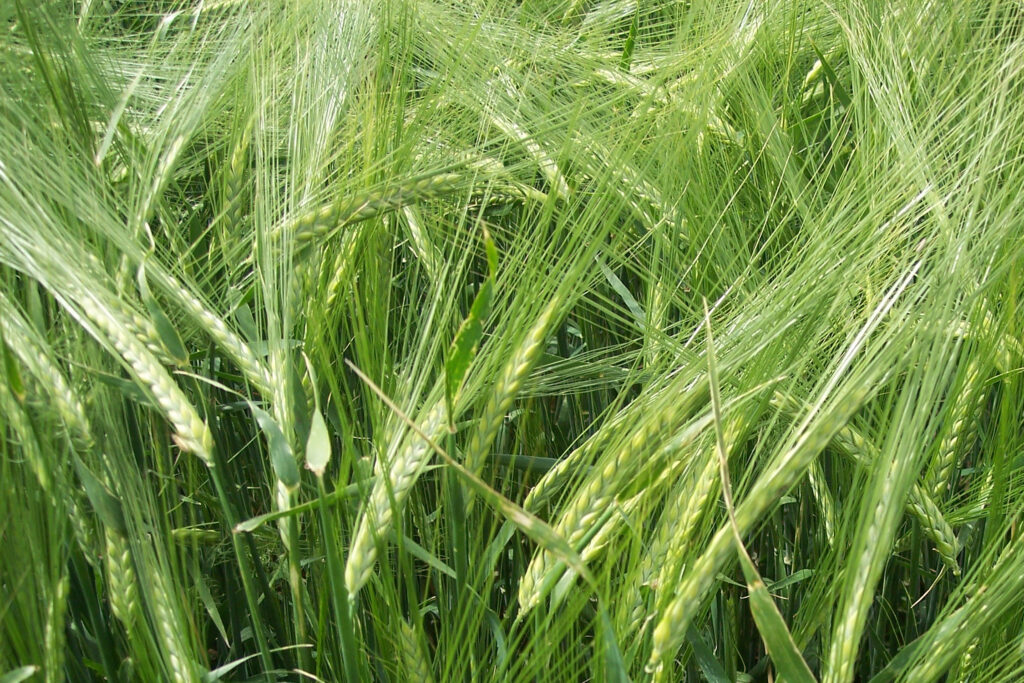
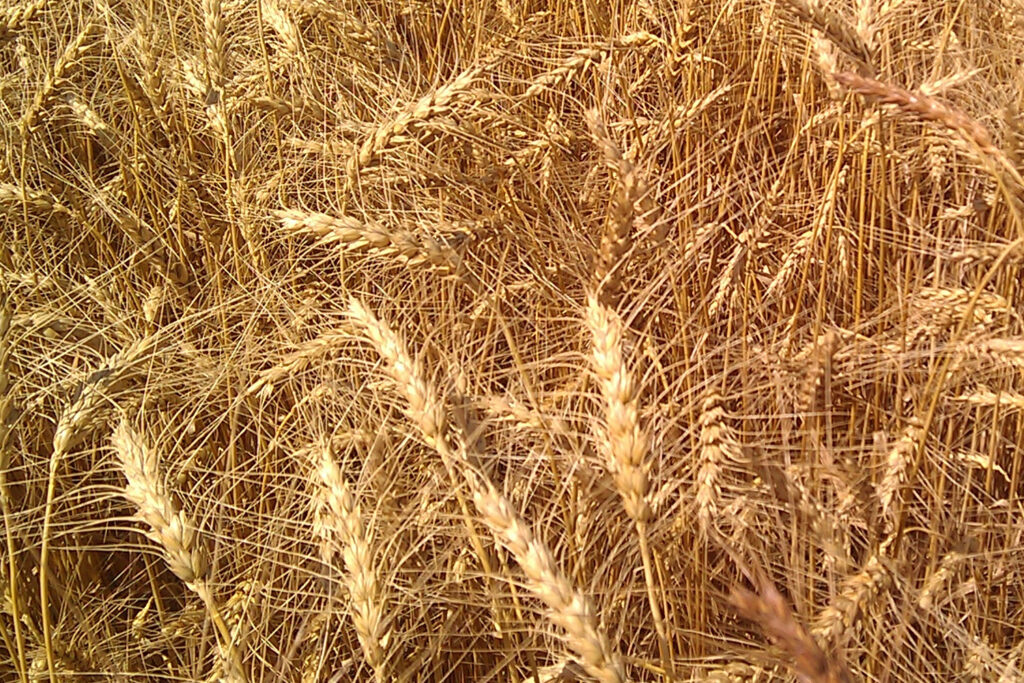
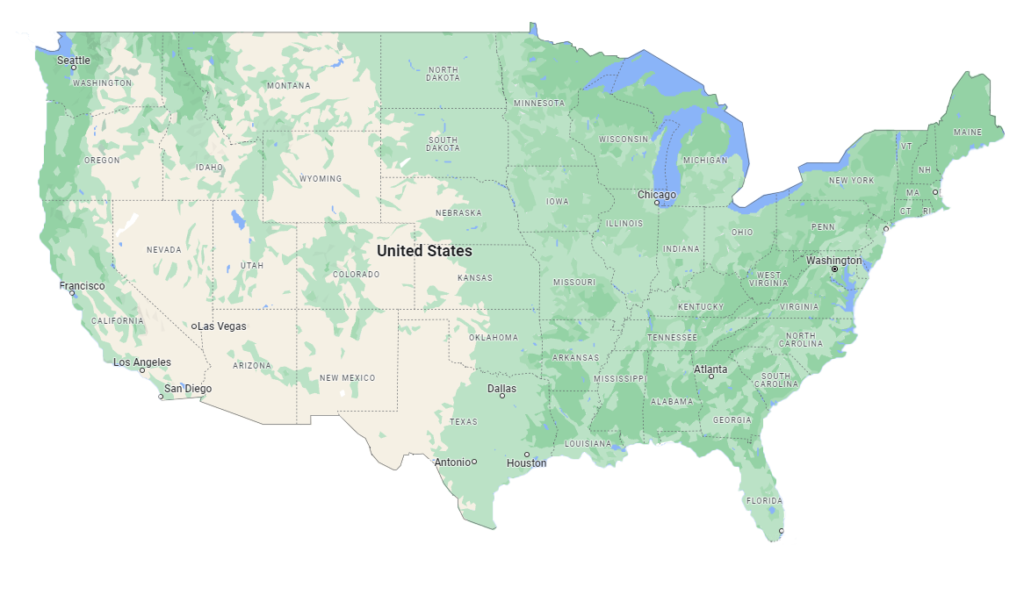
Geographic Location
Montana’s geographic location is key to its quality grains. Montana rests on the 49th parallel to the north and the 45th parallel to the south. This land sandwiched between the parallels is low in humidity with hot summer days and cool crisp nights. The land extends from the Rocky Mountain front, making for perfect ingredients for an unparalleled crop.
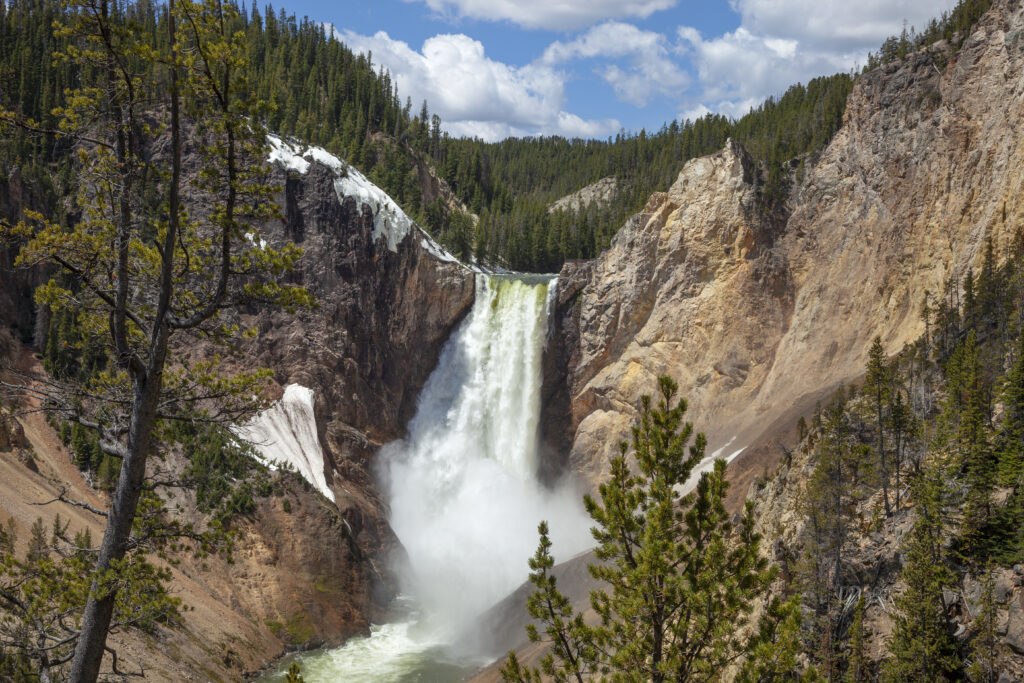
Water
Montana’s water systems are special. Water originates from the Rocky Mountains, including the Missouri River which begins near Three Forks, Mont. Even more important, Montana’s snowpack (the amount of accumulated snowfall annually) is critical to groundwater supply and moisture for winter wheat sustenance, as well as spring crops (barley, spring wheat, durum). Eighty percent of Montana’s water is generated within its state boundaries, which is why it’s called a headwaters state.
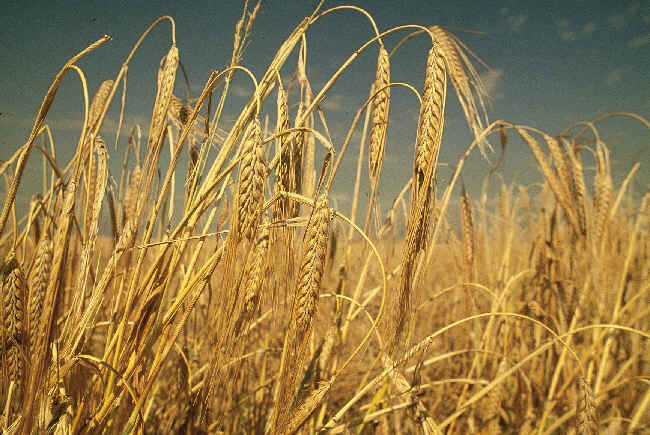
Dry Climate
Montana averages just 13 inches of rainfall per year making the climate dry. Because wheat and barley is grown at elevations between 2100 and 4800 feet above sea level, Montana is considered a “high mountain desert.” This helps keep pests and disease low, which also helps with on-farm storage wellness. The low humidity keeps grain in excellent condition before shipping to customers around the world.

Top Varieties
Like Montana’s top cattle programs, it’s all about the genetics in grain. Montana Wheat & Barley Committee spends one-half of our budget funding research at Montana State University and other resources, highly focused on end-use traits. And Montana producers will tell you that variety improvements have saved their crops in times of drought, a constant Montana challenge. More on research here.
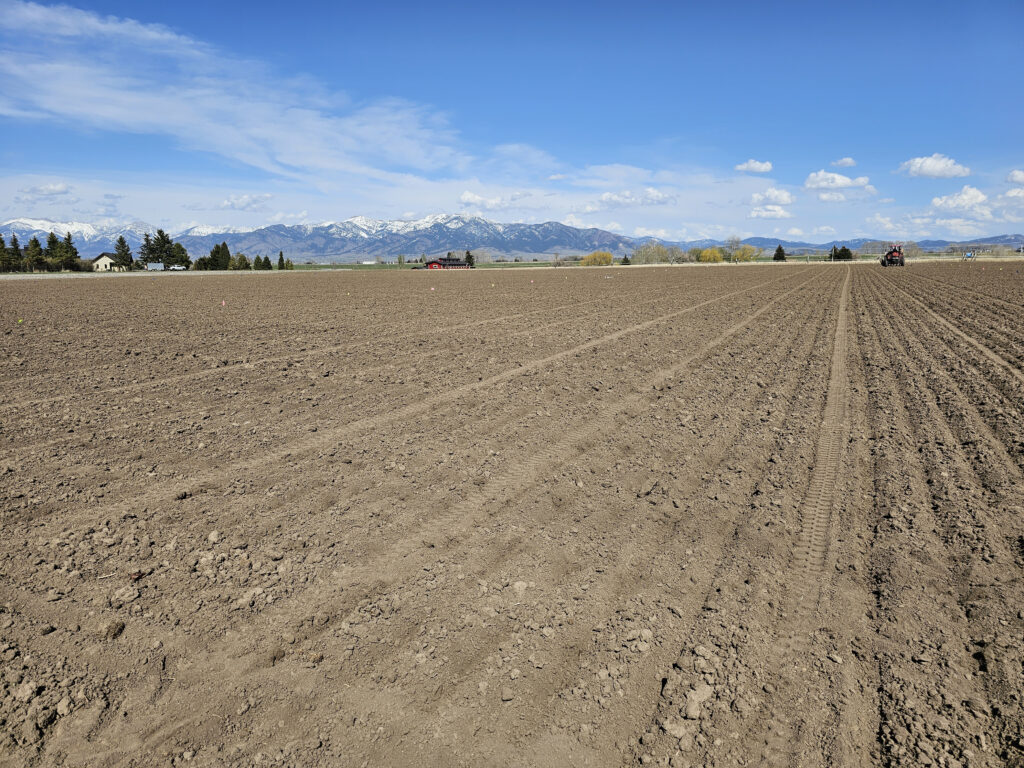
Soil
The Rocky Mountains provide mineral-rich soils enabling Montana producers exceptional habitat for plant health. Called “Scobey soil,” the plains of Montana are very deep, well drained and most productive in the Golden Triangle. Formed during the glacial period following volcanic activity, these rolling lands serve up a rich bed for wheat and barley production. Montana producers now largely deploy no-till farm practices, further improving soil health for productive cropping.
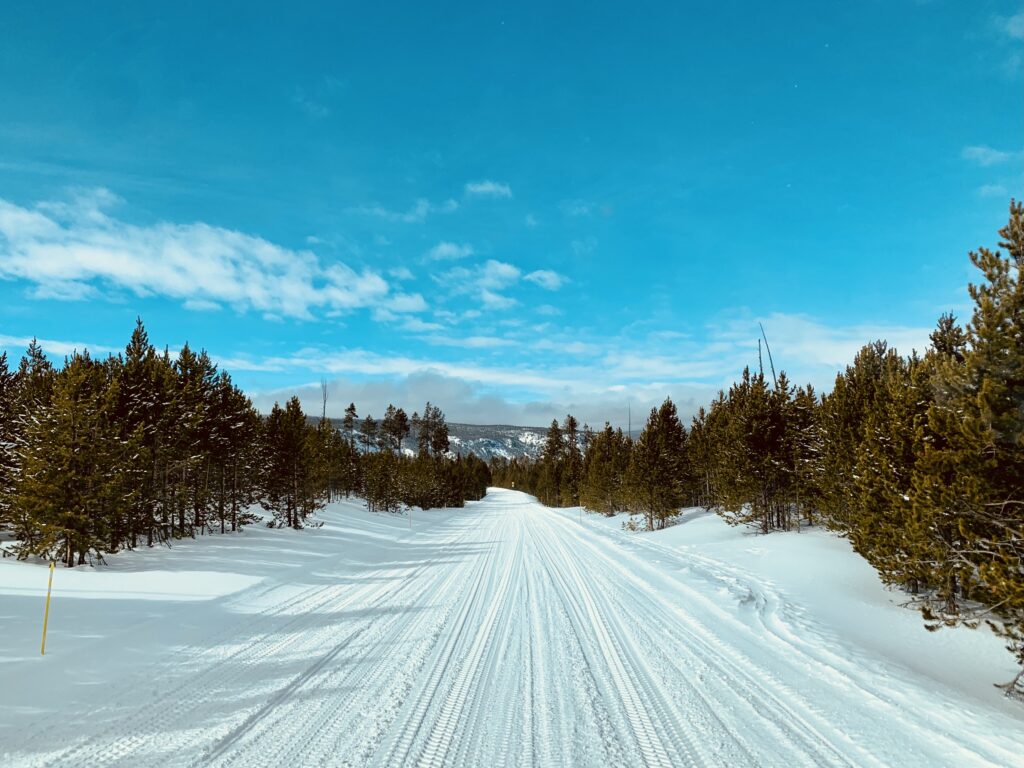
Short Growing Season
Montana’s long winters leave a growing season of about 115 frost-free days. The Golden Triangle, dominant in winter wheat planting, trends warmer than the northeastern region of Montana where spring and durum wheat is largely grown. The short growing season lessens the opportunity for pest, disease and fungus to develop (in addition to the low humidity as mentioned).
Production
Montana production of barley and wheat (hard red winter, hard red spring and durum) is known for these traits:
BARLEY
- Sought after for well-known American and Mexican beer brands
- #1 in planted acreage
- #2 Producer in the U.S.
- 80% dryland, 20% irrigated
- Also used for animal and pet feed, and human consumption
HARD RED WINTER WHEAT
- Montana HRW is known for its exceptional milling qualities
- High protein
- Excellent choice for Asian noodles, all-purpose flours and pan breads
HARD RED SPRING WHEAT
- A premium quality wheat!
- #2 Producer in the U.S.
- HRS is used for bagels, pizza doughs, frozen doughs and artisan bread
DURUM WHEAT
- Exceptional characteristics with stronger yellow color, high protein, strong gluten and low ash content
- Montana is one of only three states in the U.S. with volume production of durum
- Montana durum makes up 35-40% of all U.S. durum (#2 producer in the U.S.)
